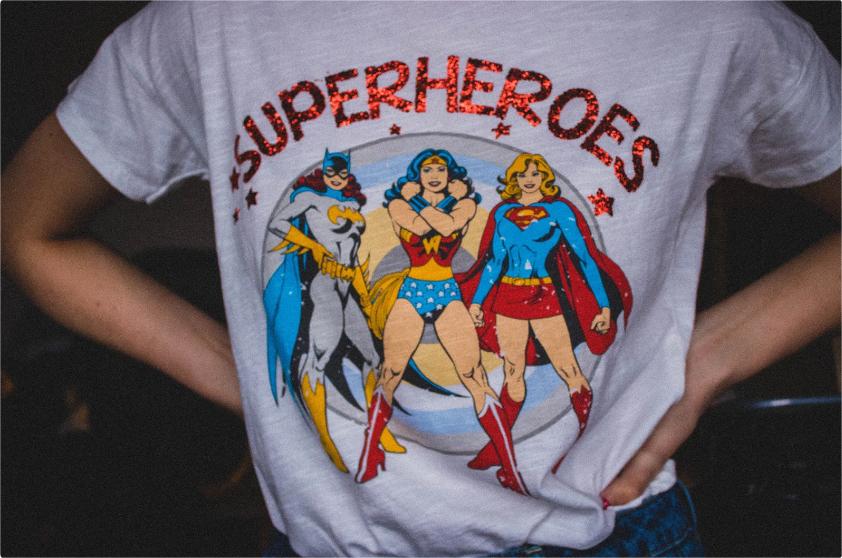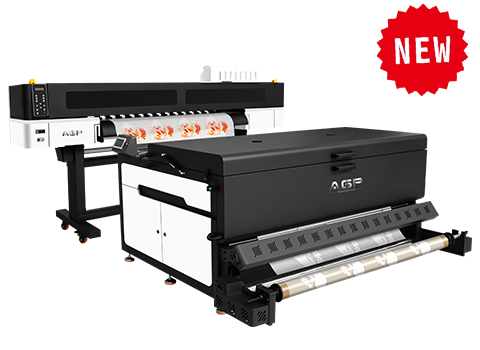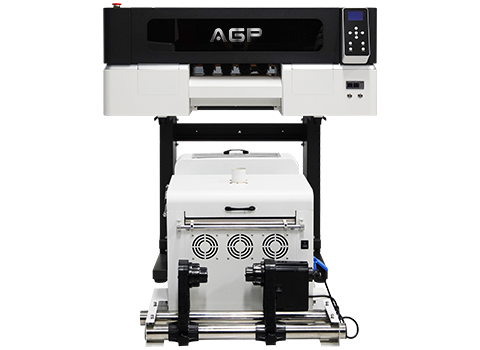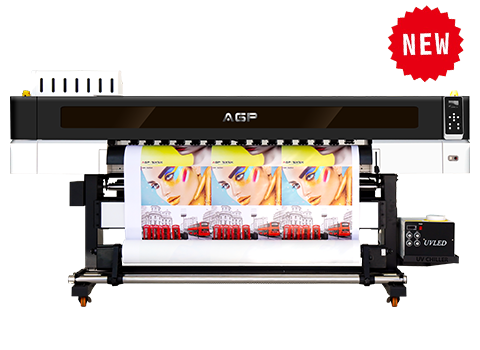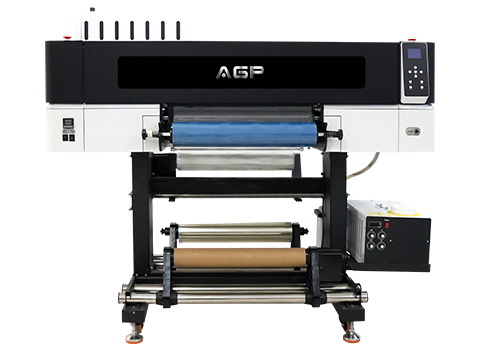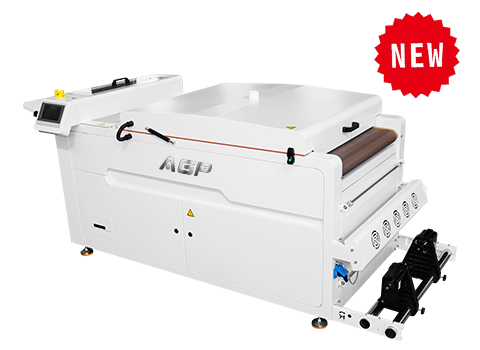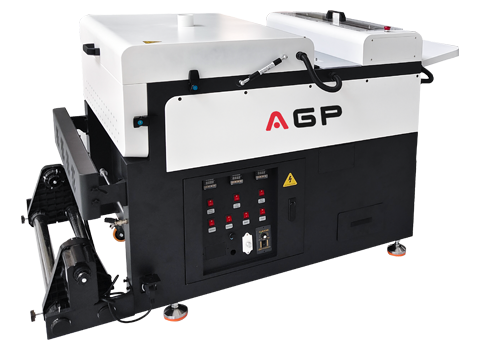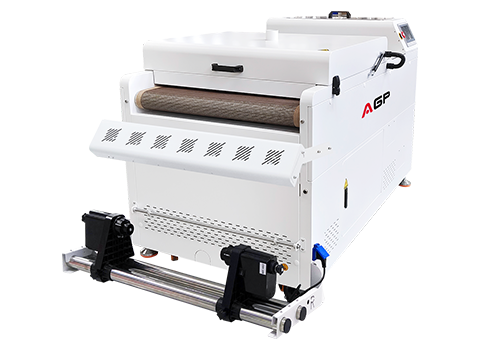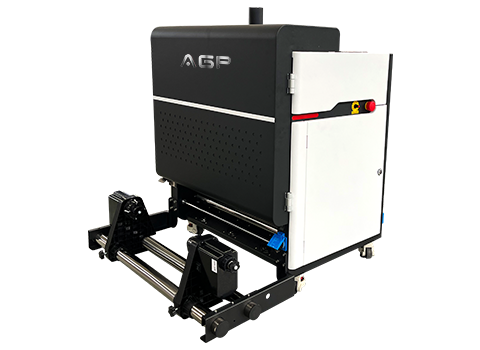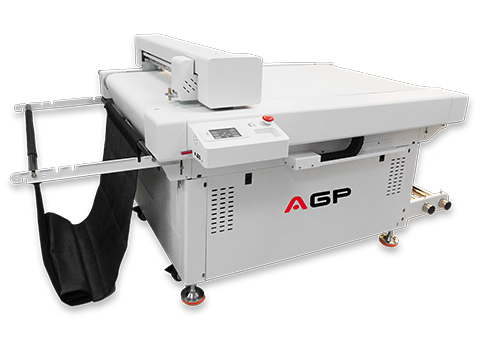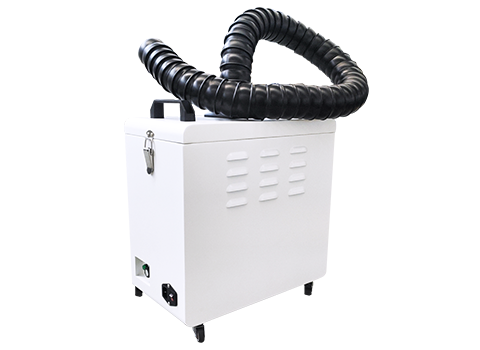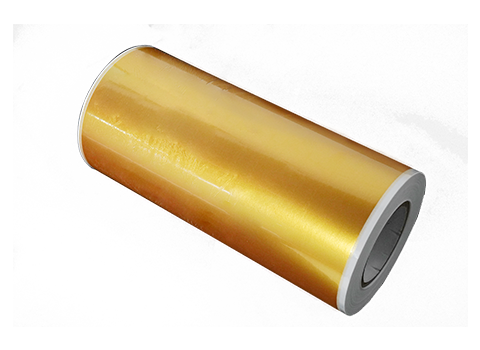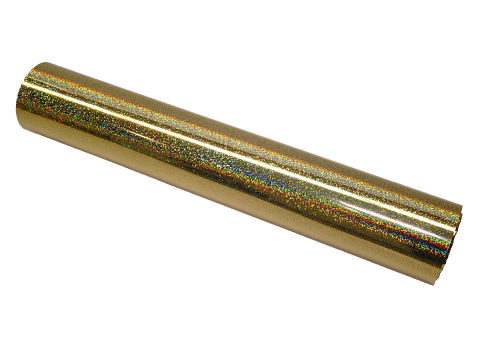T-shirt
How to Print on a T-shirt with DTF (Direct To Film) ? a step-by-step Guide to T-shirt Printing
DTF printing is a new method of printing that extends the capability of direct to garment printing by allowing images to be transferred to many different types of garment materials. DTF printing is an advanced printing method that is rapidly changing the custom apparel landscape and opening up new possibilities as far as what we can offer our customers. What (DTF) Direct to Film printing is today can be what takes your business to the next level tomorrow.
How we can finish a T-shirt printing, here are the tips and steps to follow.

1. Design Your Pattern
Designing a T-shirt would be funny, design a pattern and print it on your T-shirt, make your T-shirt unique and splendid, and may even bring you some money if you decide to sell your designs. Whether you intend to print the shirt yourself or send it off to a professional printer, you can still come up with the design for your T-shirt at home. Make sure you’ve got a design that tells your story, fits your brand, or just looks really cool. Start by asking yourself what you want your shirt to say about you or your brand. Who’s the target group you’re trying to appeal to? Take your time creating a design that reflects your brand identity, whether it features an illustration, a logo, a slogan, or a combination of all three.
2. Choose A Fabric And Shirt Type
An incredibly popular option is 100% cotton. It’s versatile, easy to wear, and even easier to wash. For a softer and more breathable alternative, try the 50% polyester/50% cotton blend, a crowd favorite and often cheaper than pure cotton.
In addition to selecting a fabric, you’ll need to settle on a shirt type.
3. What You'll Need Before Heat Transfer on T-shirts?
Let's start by listing the equipment and machinery you’ll need:
DTF printer with 6 ink channels CMYK+White.
DTF inks: these very elastic inkjet inks prevent the print from cracking when stretching the garment after printing.
DTF PET film: it's the surface on which you print your design.
DTF powder: it acts as an adhesive between the inks and the cotton fibers.
RIP software: necessary to print CMYK and white-colored layers correctly
Heat press: we recommend a press with an upper platen that lowers vertically to make the DTF film’s curing process easier.
4. How to Heat Press Your DTF Print Patterns?
Prior to heat pressing, hover the heat press over the transfer INK SIDE UP as close as you can without touching the transfer.
If printing small print or small text, Press for 25 seconds using heavy pressure and let the transfer cool completely before peeling. If for any reason that the print begins to lift off the shirt, usually due to an inexpensive heat press Don’t freak out, stop peeling and press it again. Most likely your heat press has uneven pressure and heat.
DTF Printing Pressing Instructions:
Start with a lower temperature and increase it if needed. Center transfer on shirt/material and press for 15 seconds. These transfers are a cold peel so as soon as you have finished pressing for 15 seconds, remove the shirt from the heat press with the transfer still attached and set aside until completely cooled. After cooling, slowly remove the film and repress the T-shirt for 5 seconds.

Cotton Fabrics: 120 degree Celsius, 15 seconds.
Polyester: 115 degrees Celsius, 5 seconds.
Press your T-shirt using the time and temp indicated above. After the first press let the shirt cool down (Cold peel) and peel the film.
An industrial heat press is recommended for the best results.
Printing on T-Shirts with AGP DTF printers
With AGP printer you can create brilliantly colorful and original custom t-shirts. Combined with a heat press, we offer an effective on-demand customization solution for adding detailed logos, graphics, and art to t-shirts, hoodies, canvas bags and shoes, and other popular apparel.
Customize T-Shirts with Fluorescent Colors
AGP printers provide brilliant ink results, including fluorescent colors and subtle pastel shades to set your t-shirt customization apart.
